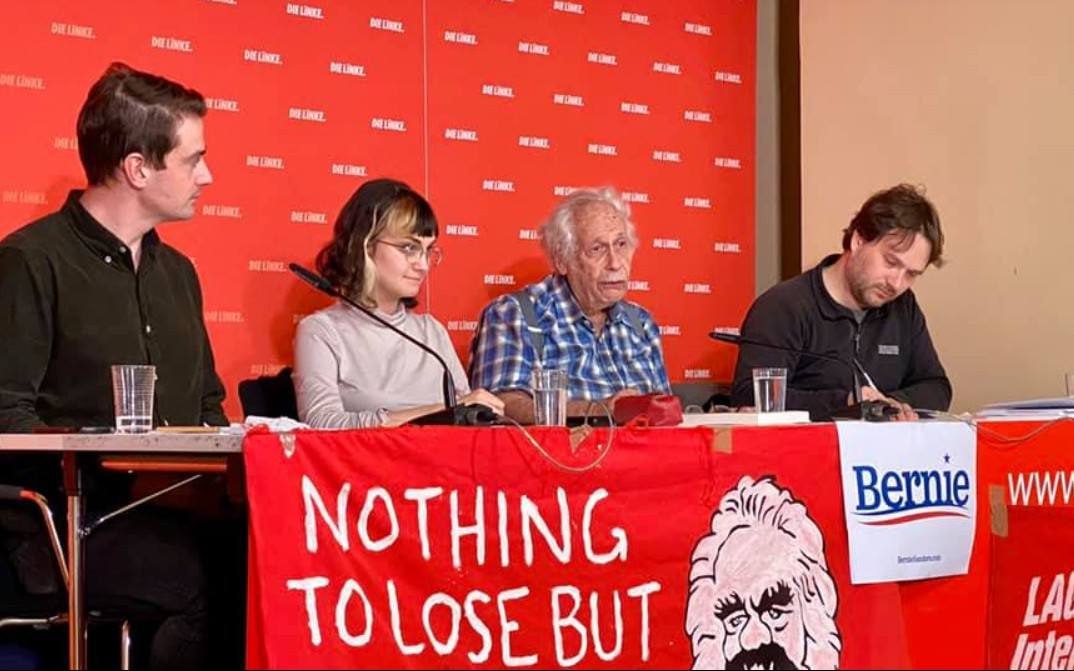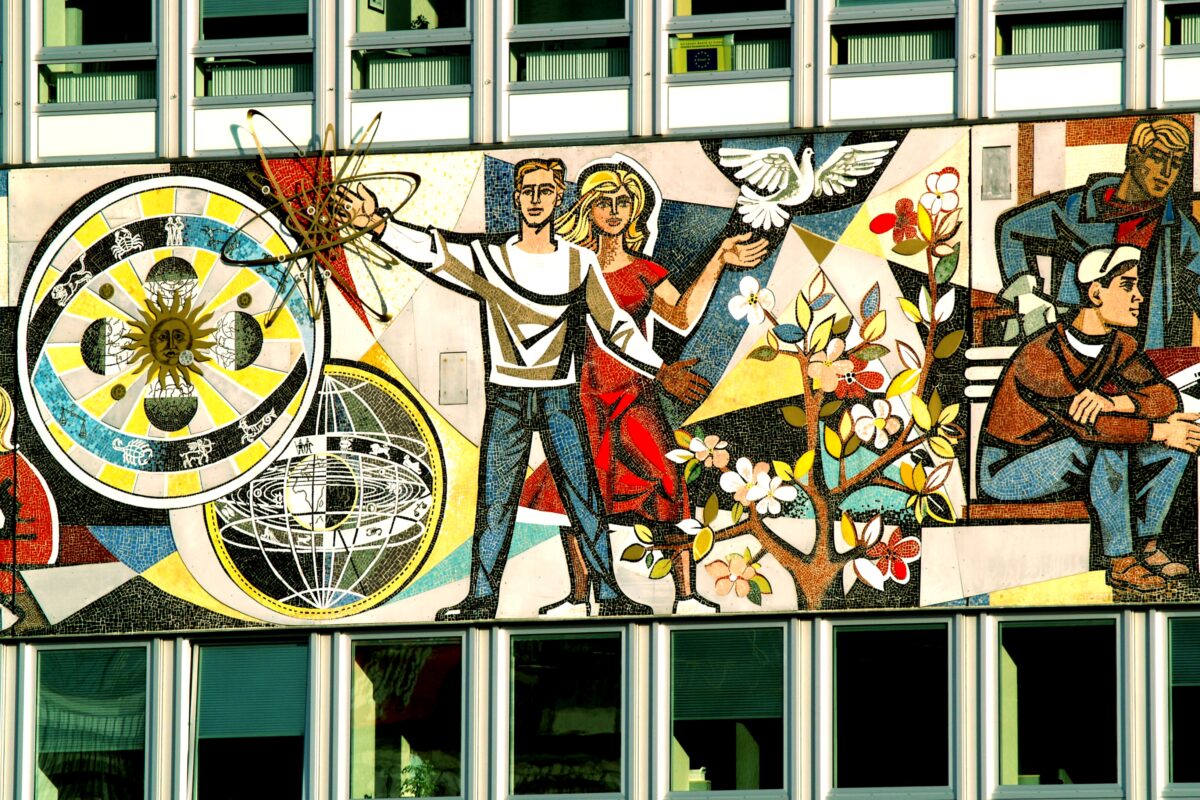Rebellious Daughters of History #25
by Judy Cox

The Red: Louise Bryant (1885 –1936)
Louise grew up in rural Nevada and attended the University of Nevada and the University of Oregon, graduating with a degree in history in 1909. She became a journalist and an activist in the women’s suffrage movement. In 1915, she met John Reed and left her fist husband, and moved to Greenwich Village. The worked on ‘The Masses’, a socialist newspaper and married in 1916.
In August 1917, Louise and John got assigned to report from the Russian Revolution. They arrived in Petrograd in time to witness the October Revolution.
They attended gatherings at the Smolny Institute and interviewed many leading political figures, including Lenin, Trotsky, and Kerensky, and both eventually compiled books—Six Red Months in Russia by Bryant and Reed’s Ten Days That Shook the World.
Louise covered Duma meetings, dining in public mess halls with soldiers and workers, and interviewing women revolutionaries, such as Maria Spiridonova and Aleksandra Kollontai, who was the only woman in the Bolshevik cabinet. By the time she returned to New York, her work was being read across North America.
Louise returned to New York, arrived in New York in 1918. The government had forced The Masses to shut down but Bryant wrote articles about the October Revolution and gave public meetings urging support for the revolution.
In October, Bryant’s first book, Six Red Months in Russia 1918, an inspirational account of how the revolution transformed every aspect of life in Russia.
In February 1919, Louise went to Washington, D.C., to speak about Russia. She participated in a National Woman’s Party suffrage rally, during which she was arrested, arraigned, and sentenced to five days in jail.
Louise testified in front of the Overman Committee, which investigates Bolshevik activity in the United States. Soon after, she began a cross-country speaking tour, “The Truth About Russia”, during which she addressed large audiences in Detroit, Chicago, Spokane, Seattle, San Francisco, Los Angeles. Louise was the first woman to defend Lenin and Trotsky at political gatherings across the United States. Her message was simple, ‘Hands off Russia!’
The U.S. government outlawed the American Communist Party. In danger of being arrested and unable to get a passport to go to Russia, Reed, disguised as a stoker, left the United States in late September 1919.
During the Palmer Raids, John was charged with conspiring to overthrow the government by force. In March 1920, he was arrested returning home through Finland then returned to Moscow in a prisoner exchange. He cabled Bryant, “Passport home refused. Temporarily returning headquarters. Come if possible.”
Traveling without passport, Bryant, disguised as the wife of a Swedish businessman, arrived in Petrograd in late August 1920. She arrived in time to be by John’s side when he died of typhus.
Bryant obtained Lenin’s approval for a trip to the southern Russian border and neighboring countries. She went by train over the Kazakh Steppe, through areas hard hit by famine.
She returned to the U.S. in mid-summer 1921, and married William Christian Bullitt, Jr., a wealthy film maker who became the first U.S. ambassador to the Soviet Union.
Louise returned to Russia to write portraits of Russians which led to her second book, Mirrors of Moscow, in 1923. Bryant’s travels in Europe this time included Moscow, Berlin, London, Paris. Louise also covered the Turkish War of Independence.
Later in 1923, Bryant and Bullitt moved to Paris, where they married in December. Two months later, Bryant gave birth to her only child, Anne Moen Bullitt. In 1925 she and Bullitt adopted an 8-year-old Turkish boy. Her last piece of journalism, “A Turkish Divorce”, about Atatürk’s treatment of women, appeared in The Nation in August 1925.
By 1926, Louise was suffering from a painful disease and was drinking heavily. Bullitt accused her of having a lesbian affair and divorced her winning sole custody of Anne. Bryant remained in Paris, occasionally advising writer Claude McKay.
Louise died on January 6, 1936, of a brain hemorrhage near Paris
The Bryant–Reed story is told in the 1981 film Reds, starring Diane Keaton as Bryant and Warren Beatty as Reed.

Black Liberation: Assata Shukar (1947….)
JoAnne Byron was born in Flushing, Queens, and grew up in New York City. She became involved in political activism at Borough of Manhattan Community College and City College of New York.
After graduating in 1971, JoAnne moved to Oakland, California and joined the Black Panther Party. She organised protests and community education programs. After returning to New York City, Shakur led the panther chapter in Harlem, coordinating the Free Breakfast Program for children.
She left the Panthers and joined the Black Liberation Army (BLA), whose members drew inspiration from the Vietcong, and led a campaign of terrorist activities against the U.S. government.
She began using the name Assata Olugbala Shakur in 1971, rejecting Joanne Chesimard as a “slave name”. She now identified as an African.
Between 1971 and 1973, she was charged with several crimes and was the subject of a multi-state manhunt. In May 1973, Assata was arrested after being wounded in a shootout on the New Jersey Turnpike in which a state trooper was shot dead.
Between 1973 and 1977, Assata was charged with murder, attempted murder, armed robbery, bank robbery, and kidnapping in relation to the shootout and six other incidents. She was acquitted on three of the charges and three were dismissed. In 1977, she was convicted of the murder of the state trooper and of seven other felonies related to the shootout.
In prison, Assata was treated appallingly, continuously confined in a men’s prison, without adequate food and exercise.
Assata was identified as a political prisoner in 1973 by Angela Davis, and in 1977, in the The New York Times. International investigators cited Shakur as “one of the worst cases” of prison abuse and described her as a victim of the FBI, who had terrorised black activists with false arrests, entrapment, fabrication of evidence, and spurious criminal prosecutions.
On November 2, 1979, she escaped the Clinton Correctional Facility for Women, when three members of the Black Liberation Army visiting her drew concealed .45-caliber pistols and a stick of dynamite, seized two correction officers as hostages, commandeered a van and escaped.
After her escape, Shakur lived as a fugitive protected by her community. The FBI circulated wanted posters throughout the New York; her supporters hung “Assata Shakur is Welcome Here” posters in response. In New York, three days after her escape, more than 5,000 demonstrators carried signs with the same slogan.
In July 1980, FBI director William Webster said that the search for Assata had been frustrated by residents’ refusal to cooperate.
Assata surfaced in Cuba in 1984, where she was granted political asylum. Shakur has lived in Cuba since, despite US government efforts to have her returned. She is on the FBI Most Wanted Terrorists list, as Joanne Deborah.



